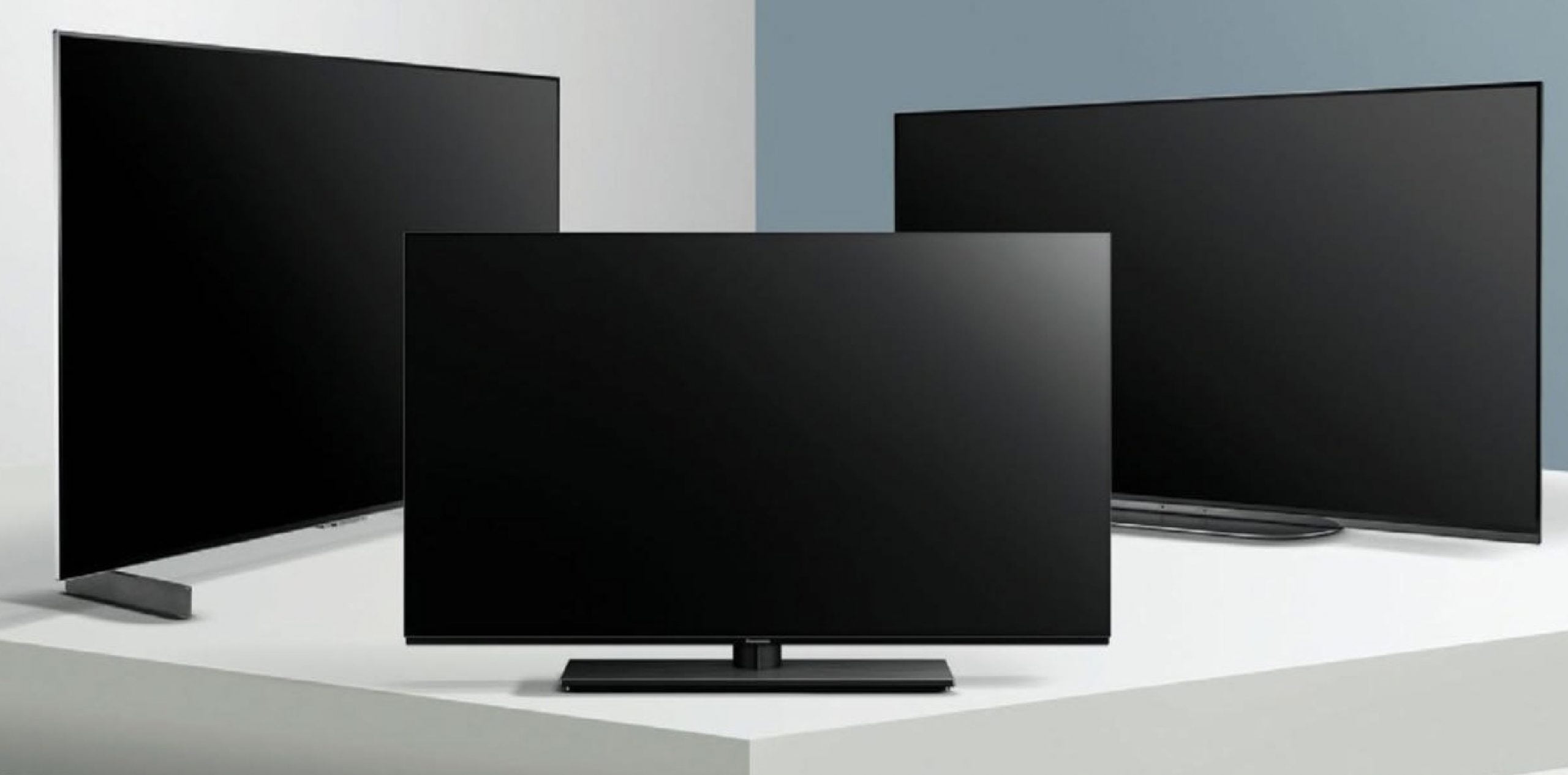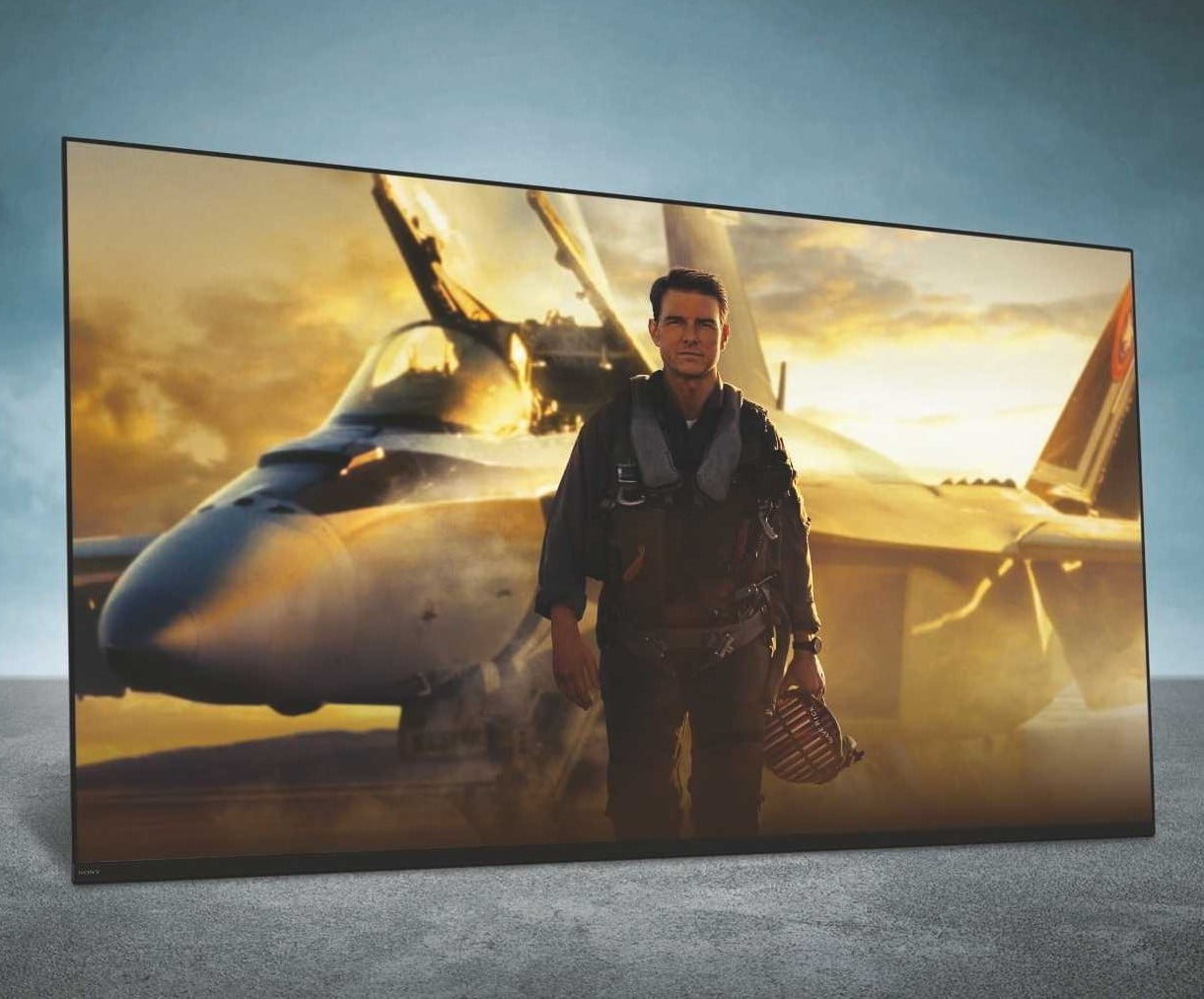Why are computers the last in the evolution chain, after TVs and smartphones?
TECH BRIEF

Microsoft has been pushing the idea of high pixel density computing since the release of Windows 7 10 years ago. That it hasn’t happened yet is odd, because consumers are used to high-DPI displays on their smartphones.
That smartphone experience generates a sense of cognitive dissonance. Any handset launching with less than 300dpi would get laughed off the internet these days. But most PC users are lucky if their monitor manages 120dpi. Of course, smartphone screens are normally held closer than the typical viewing distance for a PC monitor, but not so as to make up for the chasm between the pixel densities.
Many smartphones have pixel densities of 400dpi or more, with some high-end models reaching 500dpi. Meanwhile, a typical 1440p 27-inch PC monitor manages just 109dpi. Even a 27-inch 4K monitor is only 163dpi. So why does this matter? It’s not about content, at least not in the sense of video or gaming. Virtually no content exists that fully leverages the capability of a high-DPI PC monitor. You’d need beyond-4K resolutions, which presents numerous problems. For starters, the 8K format remains nascent. Besides a few pioneering broadcasts, such as the recent Tokyo Olympic games, virtually no TV is made in 8K.
Admittedly, a few movies are now shot in 6K and above, but they are still typically mastered in 4K or below. Special effects are rarely rendered in 6K or 8K, even when that format is used for the primary digital video capture. As for gaming, 4K presents a big enough challenge for today’s GPUs, let alone 8K, which contains four times as many pixels as 4K, no fewer than 33 million pixels in fact. Compared with 1080p, 8K has 16 times as many pixels. That’s 16 times the rendering load for a graphics card. It’s a nightmare for any GPU.
Many smartphones have pixel densities of 400dpi or more, with some high-end models reaching 500dpi. Meanwhile, a typical 1440p 27-inch PC monitor manages just 109dpi. Even a 27-inch 4K monitor is only 163dpi. So why does this matter?
So, the benefit of a high-DPI display isn’t anything to do with movies or games, at least not anytime soon. Instead, it’s mostly about fonts. Text is much crisper and clearer on a high-DPI display. You get more desktop real estate or at least the option to create more depending on your preferences.
Question is, what level of pixel density is required to deliver a true high-DPI experience? That’s a subjective call, albeit one based on empirical fact. It all hinges on the pixel density required to prevent the human eye from resolving individual pixels. Beyond that point, adding further pixels makes no difference. That, in turn, hinges on both pixel density and viewing distances. I’d say 200dpi is a pretty good rule of thumb. So, a 4K 27-inch monitor isn’t a million miles away. But it isn’t quite there.
As ever in the PC monitor market, trends in TVs will drive prices down. It took a million cheap TVs before 4K monitors went mainstream. The same applies to 8K and thus affordable high-DPI computing. The prospects look good. Right now, the smallest 8K TV is 55-inches, which somewhat undermines the high-DPI remit. But a 40-inch set would deliver 220dpi. These days, they’re pretty much giving away 40-inch 4KTVs.
Here’s hoping, a few years down the road, the same will be true of 40-inch 8K sets and I can finally have the fonts of my fantasies.
Jeremy Laird





